
Wednesday, January 30, 2019
Catching atoms in action: watching next-gen materials crystallize
A sustainable and recyclable carbon nanotubes thermoelectric paper
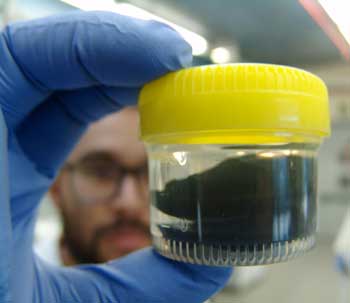
Structural colors, without the shimmer

Scientists use Nobel-prize winning chemistry for clean energy breakthrough

Layered cocktails inspire new form of male birth control
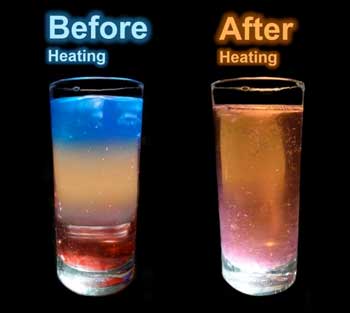
Harnessing light for a solar-powered chemical industry

Ingestible, expanding pill monitors the stomach for up to a month

Artificial intelligence instantly captures materials' properties
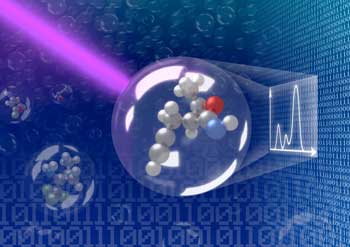
Antireflection coating makes plastic invisible
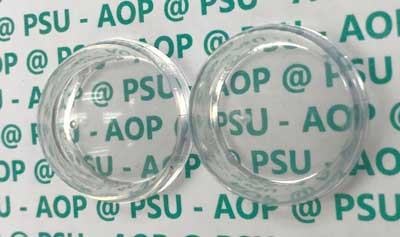
Waterproof graphene electronic circuits
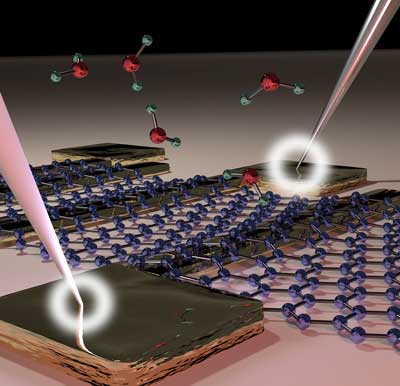
Subscribe to:
Comments (Atom)
